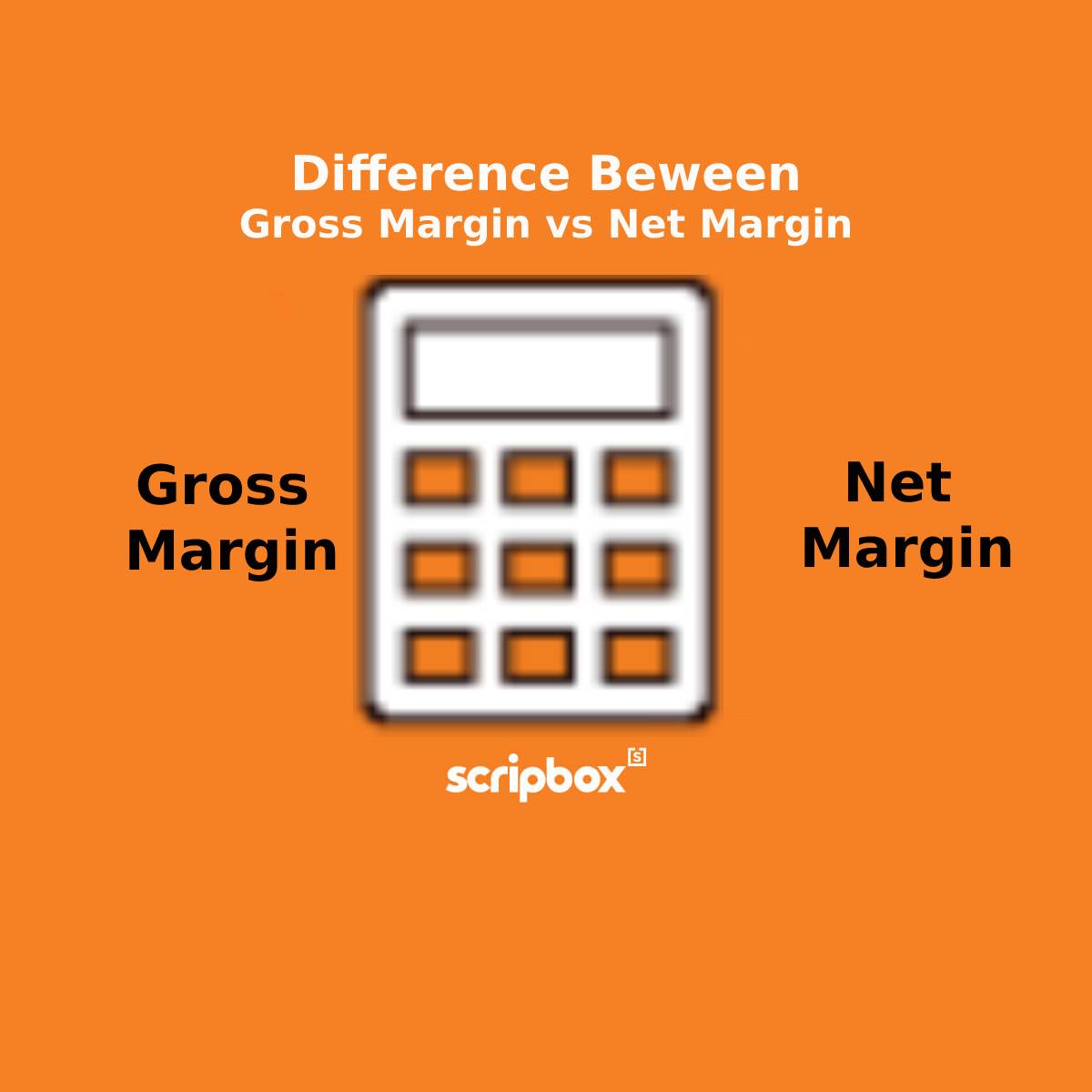Fund houses offer multiple options for investing in mutual funds based on investor’s needs. Investors who prefer getting regular income have the dividend option. While investors who want to stay invested for long horizons have the growth and dividend reinvestment option. Though both growth and dividend reinvestment sound similar, they are actually different. This article covers growth vs dividend reinvestment options in detail.
Difference Between Growth Option and Dividend Reinvestment Option
Both growth and dividend reinvestment plans do not pay a dividend. However, a fresh number of units are allotted to the investors at a reduced NAV in a dividend reinvestment plan. In contrast, in the growth plan, the NAV of the fund goes up. Below are the differences between growth vs dividend reinvestment.
| Point of Difference | Growth Plan | Dividend Reinvestment Plan |
| Meaning | The mutual fund managers automatically reinvest the profits earned on the investment. | The mutual fund managers declare the profits earned on the investment and then reinvest them. |
| Suitability | Suitable for investors with long term goals. | Suitable for investors with short term goals and who fall under the high tax bracket. |
| NAV of the fund post dividend | The NAV of the mutual fund remains the same post dividend. | The NAV of the mutual fund falls to the extent of the dividend declared. |
| Additional units | No additional units are allotted to the investors. | Additional units are allotted to the extent of the value of dividends declared. |
Growth vs Dividend Reinvestment: Which is Better?
Let’s understand the changes in the value of the investment in growth and dividend reinvestment after the dividends are declared with the help of an example.
| Growth | Dividend Reinvestment | |
| NAV of a mutual fund on 1st April 2020 | INR 25 | INR 25 |
| Investment amount | INR 10,000 | INR 10,000 |
| Units Allotted | 400 | 400 |
| NAV of a mutual fund on 31st March 2021 | INR 30 | INR 30 |
| Dividend Declared | NA | INR 5 |
| Dividend Reinvested | NA | INR 2000 (400*5) |
| Post Dividend NAV | NAV remains the same | INR 25 (30-5) |
| Units Issued Against Dividends | NA | 80 (2000/25) |
| Total Number of Units Held | 400 | 480 (400+80) |
| NAV | INR 30 | INR 25 |
| Value of the Investment | INR 12,000 | INR 12,000 |
The value of the investment in both cases is the same. Hence investors can choose any of the two options. Both growth and dividend reinvestment plans reinvest the dividends into the scheme. In a growth option, the investor allows the fund house to reinvest the dividends received in other securities to generate higher growth. On the other hand, in a dividend reinvestment option, the fund manager uses the dividends to buys more units of the fund on behalf of the investor.
However, there are a couple of other factors to keep in mind before making this decision. If the investor has long-term goals, then the growth plan is the best option to choose as compounding will multiply the wealth in the long term. When investing for the long term, you can enjoy the benefit of compounding as well as lower tax liability with growth plans.
Moreover, investors in the lower income tax brackets are better off with growth plans than reinvestment. Investors with short-term goals who fall under the high tax bracket can consider investing in a dividend reinvestment plan.
What is a Growth Option in Mutual Funds?
Under the Growth option in mutual funds, dividends paid by the stocks held in the fund are not paid to the investors. Some shares pay regular dividends. Through the growth option, the unit holder is allowing the fund house to reinvest the dividend money. Since the profits are reinvested into the mutual fund, the unit holder will benefit from compounding (earn profits on profit).
As a result, the Net Asset Value (NAV) of the mutual fund increases and the number of units are fixed. In other words, the unit holders would generate higher returns on the same number of units.
The growth option is not suitable for investors who are looking at regular pay-outs.
When is a Growth Option Suitable?
In the following scenarios choosing a growth option is more suitable:
Long term investment in equity funds
The growth option is suitable for investors with a long-term investment horizon. The compounding effect of reinvesting the profits will help in generating higher returns in the long term than a dividend reinvestment option. Furthermore, the Dividend Distribution Tax (DDT) can lower the returns in a dividend reinvestment plan.
Short term investment in debt funds
Short term returns from debt funds are taxable as per the investor’s income tax slab rate. Suppose an investor is in the lower tax bracket and is investing in a dividend plan. In that case, the income of the investor will increase, moving them to the higher tax slab. Hence, a growth plan is recommended for such investors.
Lower tax bracket
If an investor falls under the lower tax brackets of 10% or 20%, then paying 28.84% tax as Dividend Distribution Tax (DDT ) isn’t a wise choice.
What is a Dividend Reinvestment Option in Mutual Funds?
Under the dividend reinvestment option, the dividends are used to purchase more units of the fund. In other words, instead of paying out the dividends, the amount is used to buy more units of the fund on behalf of the investor. The unit holder’s account gets credited with the new units.
Through the dividend reinvestment option, the number of units owned by the investor increases over time. As a result, the value of the investment grows at a faster rate than if the dividends weren’t reinvested.
The dividend reinvestment option has a comparatively lower NAV because it adjusts for the dividend announced. However, the unitholder ends up with a higher number of units by the end of their investment tenure.
When is a Dividend Reinvestment Option Suitable?
In the following scenarios choosing a dividend reinvestment option is more suitable:
Short term investments in liquid funds
The dividend option is suitable for investors with a short-term investment horizon since liquid funds pay a dividend on a daily or weekly basis under this option.
Higher tax bracket
Investors who fall under the highest tax bracket can opt for the dividend reinvestment option.
Debt funds and High tax slab
Investors who fall under the highest tax bracket of 30% can invest in a debt fund with a dividend reinvestment option. For a short-term investment horizon, the returns from debt funds are taxable as per the investor’s income tax slab rate. Therefore, for investors who fall under the highest tax bracket, the effective tax rate would be 28.84% instead of 30%.
Recommended Read: Monthly Dividend Mutual Funds
Growth vs Dividend Reinvestment Option: Tax Impact
Dividend income from mutual funds is taxable in the hands of the investors. Even if the dividend income is reinvested back into the fund, the income is taxable. The dividend income is added to the total taxable income and is taxed as per the applicable slab rates.
On the other hand, capital gains from mutual funds are taxable as per the investment holding period. If the holding period is less than one year, the gains are categorized as short-term capital gains. While if the holding period is more than two years, the gains are categorized as long-term capital gains. Short-term capital gains are taxable at 20%. While long-term capital gains above INR 1,50,000 are taxable at 10%.
Recommended Read: Value Investing vs Growth Investing
- Difference Between Growth Option and Dividend Reinvestment Option
- Growth vs Dividend Reinvestment: Which is Better?
- What is a Growth Option in Mutual Funds?
- When is a Growth Option Suitable?
- What is a Dividend Reinvestment Option in Mutual Funds?
- When is a Dividend Reinvestment Option Suitable?
- Growth vs Dividend Reinvestment Option: Tax Impact























Show comments